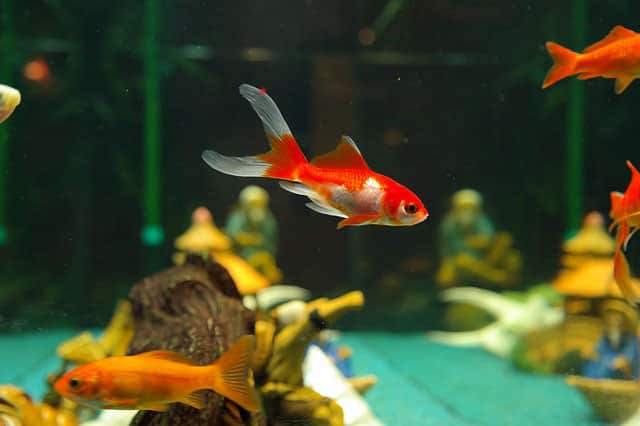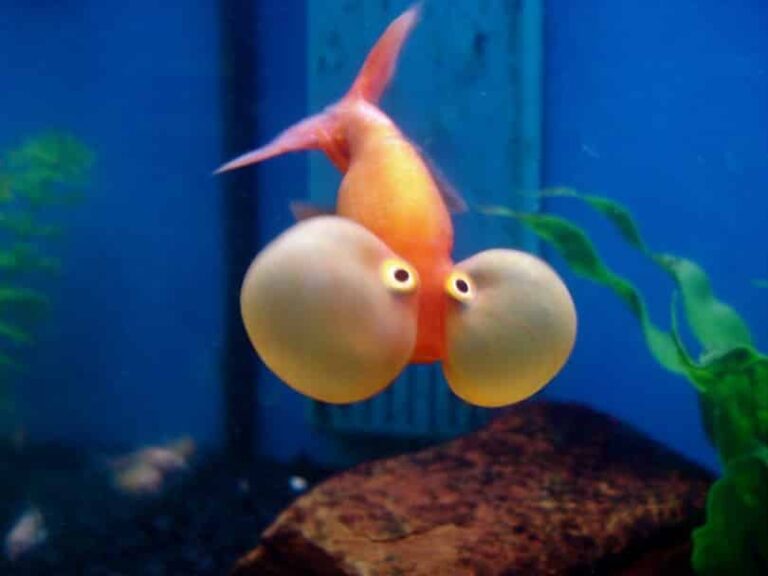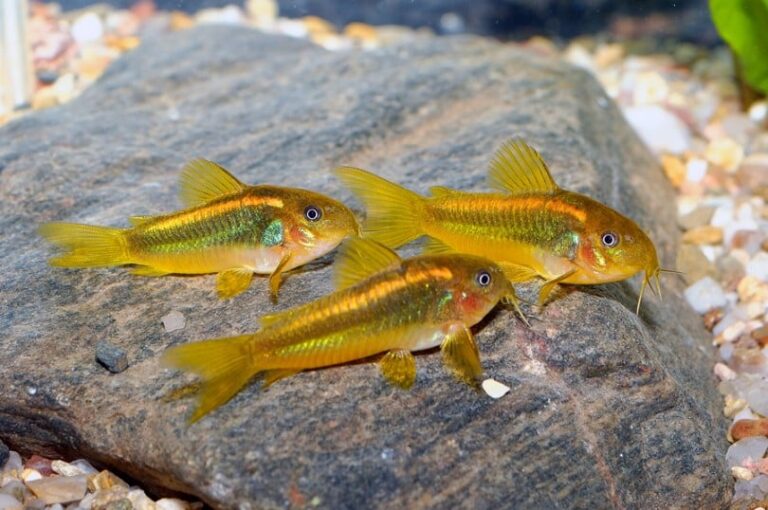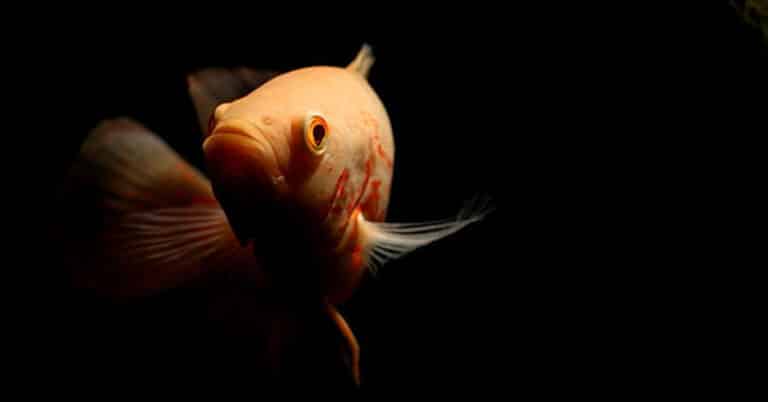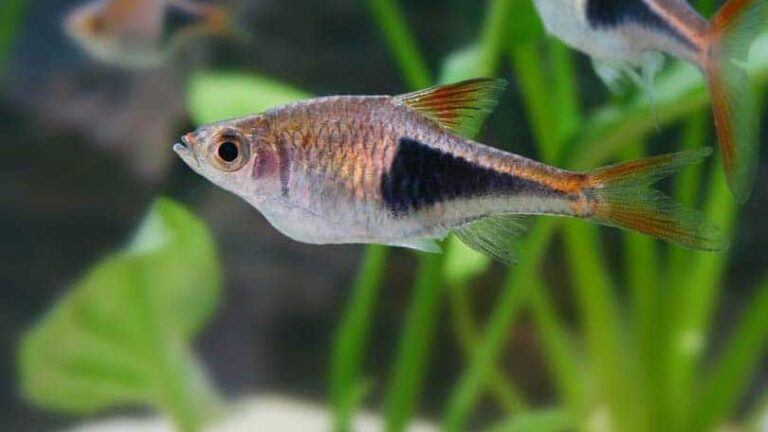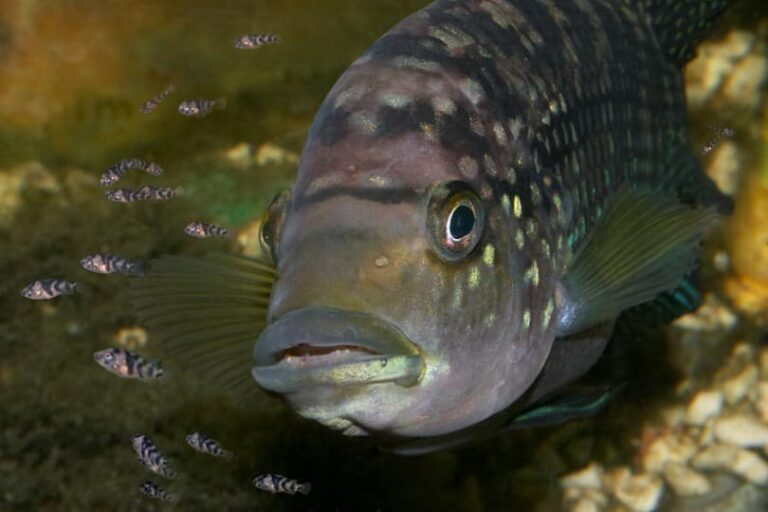Pet Fish
Fish is a creature from the Paraphyletic group. These creatures lack digits and limbs and possess gills through which they breathe. Pet Fish is generally those fishes that are bred at home as a part of a fish-keeping hobby. Some fish-keeping is done for the consumption of fish, whereas some are nurtured exclusively for ornamental purposes. The fish at home is raised in an aquarium or in a garden pond. Since ancient times, fish was raised in pools and ponds for trading and for food purposes. There is also a section under agriculture known as the ‘piscatorial fish keeping industry’. Like any other pets, these fishes also require some important things like peculiar tanks, food, water conditions, etc. They also need care and attention to survive in a totally different habitat than their natural ones.
History
The history of the fish goes long back to the Cambrian period. But in those periods, they were the chordates having soft bodies. The first jawfish appeared in the Silurian period. Keeping fish as a pet has been common since geological times, and most of them were consumed later as a source of food. Sumerians of those times used wild-caught fish for meals, and before preparing, these fishes were placed in ponds. In Asia, many types of freshwater fish were stocked in the rice paddies for eating. Some species like goldfish and carp have been common in China and Japan for 2000 years back. The Chinese people started to raise the goldfish species in a large vessel made of ceramic during the times of the Song Dynasty. In the medieval period, European regions common with Carp fish pools, especially in the monasteries and estates, mainly grown for food purposes. Marine fishes were costly in those days. The wealthiest people, especially the Romans preferred keeping marine fishes like Lampreys in the exclusive saltwater pools.
Description
The term “Fish” refers to the aquatic creatures that include lampreys, Hagfish, Bony Fish, Cartilaginous Fish and Lobe-Finned Fishes. Almost all the species of fish breathe through gills by taking water through the mouth and expelling it through their gills. The capillary filled gill filaments absorb the oxygen present in the water, and releases carbon dioxide with the expelled water. The muscles present in both sides of their backbone are used for the movement activity. The contraction of the muscles takes place sequentially for its movement through the S-shaped water waves. Some species of fish have an organ called as swim bladder that helps to move through the water easily.
Jawless Fish

The super class of the Jawless fish is the Agnatha that consist of both extinct and living species. The Agnatha fossils discovered belong to the Cambrian period, and only two types are still living, namely, the Hagfish and Large Lampreys which consist of around 120 species.
Armored Fish
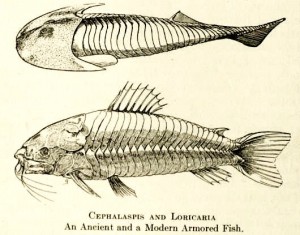
The class of the Armored fish known as Placodermi got extinct by the Devonian Era. These fish were the first type that evolved with jaws.
Cartilaginous Fish

This type is also known as Chondrichthyes, which possesses paired fins, jaws, a heart with chambers, skeleton formed of cartilage and scales. This class is sub-divided into two sub-classes, namely, Elasmobranchii and Holocephali.
Ray-finned Fish
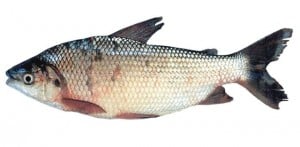
This type belongs to the Actinopterygii class of fish. They are basically bony structured. This fish possesses a fin made of skin that looks like a web along with horny spines.
Lobe-finned Fish
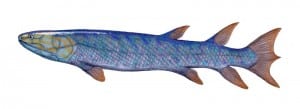
The Lobe-finned fish belongs to the Sarcopterygii class. It includes the bony fish with paired and fleshy fins. The living species of this fish type are Lungfish, Coelacanths and The Tetrapods.
Pet Fish
Pet fishes can also be classified into three main groups, namely, freshwater fish, marine fish and brackish fish.
Freshwater Fish
The fish found in the fresh waters like rivers, lakes and other water bodies that consist salinity of less than 0.05% is called Freshwater Fish. These fish may be either tropical or Coldwater species. Almost 42% of the fish commonly found are fresh water fish. There are many fish types found in the fresh water, some of the most common types.
Bichirs and Reedfish
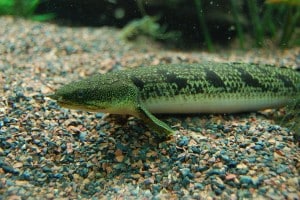
It belongs to the family of Polypteridae. These fish grow up to 97cm in length. The body consists of 4 pairs of gill arches. These fish are very popular in the pet shops by the name Dragon Bichir. The different types of Bichirs and Reedfish require a pH level ranging from 6 to 8. The temperature for the Bichirs ranges from 25 to 29 degree C, whereas for the Reedfish is between 22 and 28 degree C. Some of the types of Bichirs are-:
- Gray Bichir
- Ornate Bichir
- Senegal Bichir
- Retropinnis Bichir
Catfish
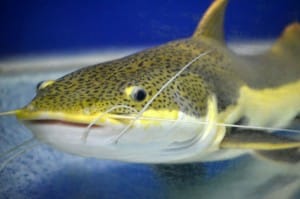
This fish is named after the cat due to its barbells that resembles the whiskers of a cat. This diverse group consists of ray-finned fish. It belongs to the order Siluriformes. The size and appearance are very diverse in each species of catfish. The pH level ranges 5 to 8. They are generally bottom feeders in nature. Some of the types of catfish are-:
- Loach Catfish
- Emerald Catfish
- Britski’s Catfish
- Adolfo’s Catfish
- Hognose Brochis
- Banded Corydoras
Cichlids
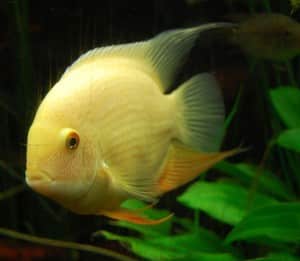
This group of fish belongs to the Cichlidae family, which is diverse and large. It consists of about 1650 species, and is known to be one of the largest families in the vertebrate group. They are very popular, and are preferred as a pet in home freshwater aquariums. It is found in wide varieties in South America and Africa. The body size ranges from 2.5 cm to the largest being 1 m in length. Some of the commonly known Cichlid species are:
- Sunshine Peacock Cichlid
- Eureka, red Peacock
- African Cichlid
- Rusty Cichlid
- Electric Yellow Cichlid
- Red zebra Cichlid
- Cobalt Blue Cichlid
- Lemon Cichlid
Odessa Barb
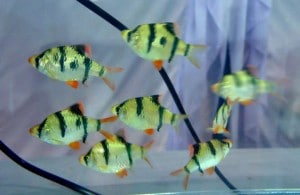
It is the largest family in the fish world and also of the vertebrate creatures. It includes true minnows and carps, and hence it is also known as Carp family or Minnow family. This family consists of more than 220 genera and 2400 species. One of the genus called as Barb is the most commonly found freshwater fish. These types of fish have toothless jaw and are basically stomach less. They are easy to breed fish in the tank or aquarium. Some of the commonly seen species are-:
- Bigspot Barb
- Melon Barb
- Odessa Barb
- Golden Barb
- Panda Barb
- Greenstripe Barb
- Clown Barb
Gobies
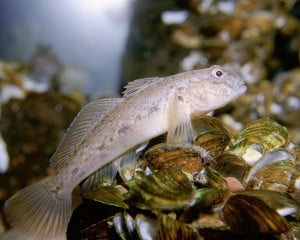
This type of fish belongs to the family of Gobiidae. It is also one of the largest fish group, which consists of more than 200 genera and 2000 species. Most of these fish grow only up to 10 cm, and the big species attain a body length of about 30 cm. This fish possesses a fused pelvic fins that form a sucker in a disc shape. This type of fish is found in the temperate and tropical environments. The common types of Gobies are-:
- Peacock Goby
- Striped sleeper Goby
- Marbled sleeper
- Black Toraja Goby
- Dragon Goby,
- Violet Goby
- Marbled Sleeper
- Peacock Goby
Killfish
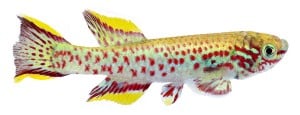
The Killifish name refers to the various egg laying fish from the families like Aplocheilidae, Rivulidae, Cyprinodontidae, Fundulidae and many more. Altogether there are more than 1270 types of species in the Killifish group. Most of the species are about 2 inches in length and very rare species are found with a body length of 6 inches. Some of the Killifish are-:
- American Flagfish
- Blue Lyretail
- Clown Killifish
- Red-seam Killifish
- Labyrinth Fish
Gourami
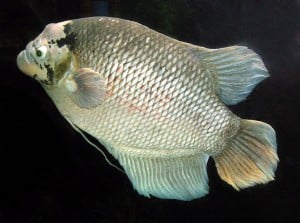
This fish is also termed as Anabantoids. It belongs to the suborder Anabantoidei. They inhabit the freshwaters of Africa and Asia. These fish possess a labyrinth similar to the human lungs that allows breathing of air in this species. Some species of the Labyrinth are-:
- Chocolate Gourami
- Giant Gourami
- Dwarf Gourami
- Moonlight Gourami
Live Bearers
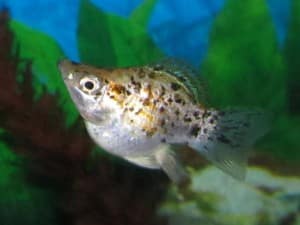
These types of fish are the ones who carry their young ones in their body and reproduce a live small swimming fry. They are very easy to breed; hence the fish hobbyists are very fond of these fish. Some of the types of the Live Bearers are-:
- Guppy
- Black Molly
- Dalmatian Molly
- Sailfin Molly
Loach and Related Cypriniformes
The Loaches or the Cobitidae belongs to the Old World Fresh Water Fish family. They are endemic to Riverine Ecosystem, Morocco and throughout Eurasia. They are mostly worm shaped, thin and long. Cypriniformes order consists of ray-finned fish like Loaches, Minnows, Carps and others. Some of the types of Loaches and Cypriniformes are-:
Loach

- Bengal Loach
- Clown Loach
- Blue Botia
Cypriniformes
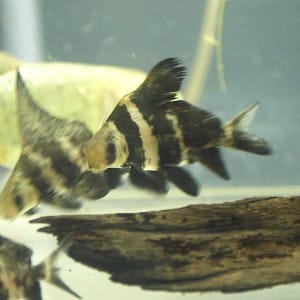
- Chinese Hill Stream Loach
- Chinese High Fin Banded Shark
Neotropical Fish
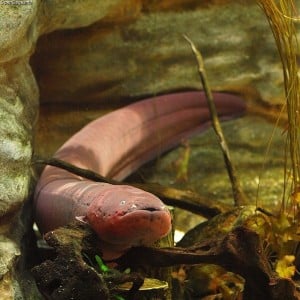
This fish belongs to the Gymnotiformes order and are also referred as South American Knife fish. They possess lengthy body and extended anal fins. These fish have the capability to produce an electric field helpful for navigation. Some of the species are-:
- Black Ghost Knife fish
- Electric Eel
- Brown Ghost Knife fish
- Glass Knife fish
Puffer Fish
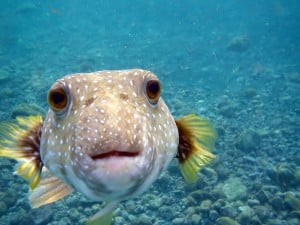
This fish belongs to the family of Tetraodontidae. They are considered to be the world’s second most vertebrates that are so highly poisonous. They typically grow into small or medium size. Some of the types are given below-:
- Amazon Puffer
- Figure 8 Pufferfish
- Dwarf Pufferfish
- Green Spotted Puffer
Rainbow Fish
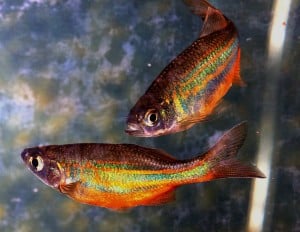
These fish are the members of Melanotaeniidae, endemic to eastern and northern Australia, Raja Ampat Islands and New Guinea. They basically grow only up to 12 cm. Some of the types are-:
- Salmon-Red Rainbow fish
- Lake Wanam Rainbow fish
- Duboulayi’s Rainbow fish
- Neon Rainbow fish
Spiny Eels
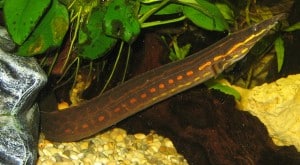
These fish belong to the family Mastacembelidae, and are native to the Southeast Asia and Africa. These fish possess an eel like body, and have a maximum length of 1m. Some of the types are as under-:
- Fire Eel
- Tire Track Eel
- Spot finned Spiny Eel
Sunfish
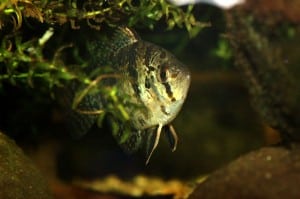
Quite a few Ray-Finned Fish belong to the Sunfish family that consist about 37 species of fishes. These species have a distinct body with three anal spines. Some small species grow up to 8cm whereas; some bigger species attain a 1m length. Some of the types are as under-:
- Redbreast Sunfish
- Orange spotted Sunfish
- Black banded Sunfish
- Red ear Sunfish
Gar
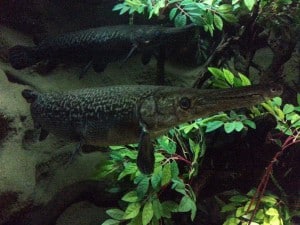
These fish are the members of order Lepisosteiformes and family Lepisosteidae. They possess elongated bodies consisting of ganoid scales. Till now the recorded length specimen has a body length of 3 m. Some of the species are-:
- Florida Gar
- Long nose Gar
- Cuban Gar
- Alligator Gar
Saltwater Fish/ Marine Fish
The Saltwater or Marine fish are the ones who spend their whole or some of their lives in the habitat having salt water like seas, oceans and salt lakes. These habitats have a salinity of 0.05% and more. The list of marine fish is:
- Batfish
- Angelfish (dwarf)
- Angelfish (large)
- Bass and groupers
- Basslets and assessors
- Boxfish and blowfish
- Blennies
- Butterfly fish
- Chromis
- Anthias
- Clownfish
- Cardinal fish
- Damsels
- Dragonets
- Dart fish
- Filefish
- Eels
- Fox face
- Frogfish
- Flatfish
- Goatfish
- Grunts
- Gobies
- Hawkish
- Hamlet
- Hogfish
- Jaw fish
- Jacks
- Lionfish
- Pipefish
- Parrotfish
- Rabbitfish
- Pseudochromis
- Rays
- Seahorse
- Scorpionfish
- Squirrelfish
- Snappers
- Sharks
- Tangs
- Tilefish
- Triggerfish
- Wrasse
The most common Saltwater Fish are-:
Angelfish
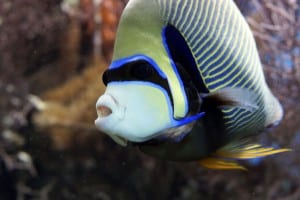
These hardy fish belong to Pomacanthidae family. They have compressed body structures covered in bright colors. They are inhabitants of Indian, Pacific and Atlantic Oceans. Most of the species normally attain a body length of 20 to 30 cm.
Types are-:
- Bellus Angelfish
- Cortez Angelfish
- Gray Angelfish
- Koran Angelfish
Butterfly Fish
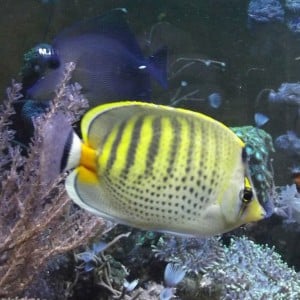
These groups of fishes are the tropical marine water fishes that belong to the family Chaetodontidae. They look similar to the angelfish but are smaller than the latter. They attain a length between 12 to 22 cm. Types are-:
- Long nose Butterfly fish
- Redback Butterfly fish
- Teardrop Butterfly fish
- Sickle Butterfly fish
Clown Fish
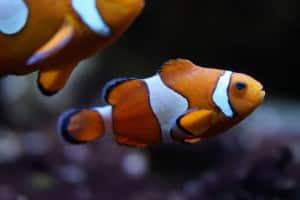
These Clownfish, also known as Anemone fish are a great aquarium species. They belong to the family Amphiprioninae. They are found in different colors depending on the species. The smallest attain a size of 10 cm, whereas the largest grow up to 18cm. Types are-:
- Maroon Clownfish
- Tomato Clownfish
- Clarkii Anemone Fish
- Cinnamon Anemone Fish
Damsel Fish
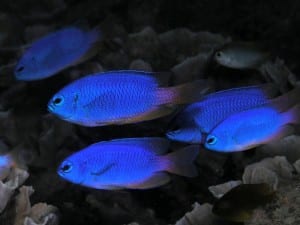
The fish present in this group are the members of Pomacanthidae family. They are brightly colored beautiful fish that grow up to 14 inches. They are endemic to tropical coral reefs. Types are-:
- Azure Damsel
- Blue Velvet Damsel
- Blue fin Damsel
- Domino Damsel
Goat Fish
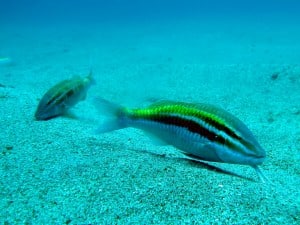
These perciform fish belong to the Mullidae family. They are the inhabitants of reefs present in the Indian, Pacific and Atlantic Oceans. They are more popular as a food source. The largest species attain around 55 cm in size, whereas the remaining species attain only half of it. They have elongated bodies with tail fins in a forked structure and widely split dorsal fins. Types are-:
- Bicolor Goatfish
- Manybar Goatfish
- Gold saddle Goatfish
Brackish Water Fish
The Fishes that can survive well in brackish or semi-salt water is termed as Brackish Water Fish. Some of the types found in Brackish water are common in fresh water and sea water as well.
Cyprinodontiformes
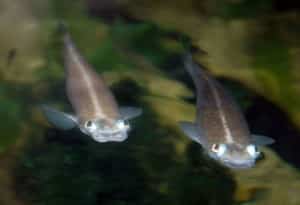
- Black Molly
- Guppy
- Sailfin Molly
- Four-eyed Fish
- Catfish
- Colombian Shark Catfish
- Berney’s Shark Catfish
- Australian Shark Catfish
Pufferfish
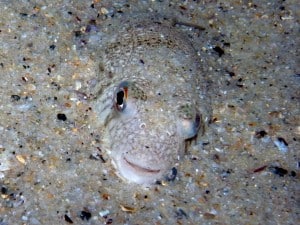
- Figure 8 Pufferfish
- Common Toadfish
- Green spotted Puffer
Gobies
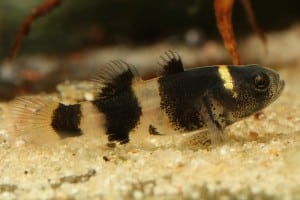
- Bumblebee Goby
- Knight Goby
- Violet Goby
Cichlid
- Blackchin Tilapia
- Green Chromide
- Orange Chromide
Other Fish
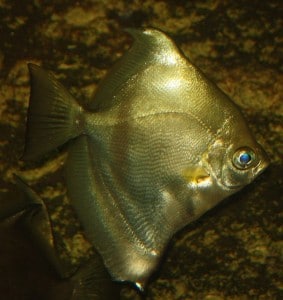
- Siamese Tiger Fish
- African Moony
- Celebes Rainbow Fish
How to Set-Up an Aquarium at Home
Keeping fish is as much an adventure as well as a stress busting hobby. Anyone can spend long hours viewing the attractive fish in the tanks without experiencing any boredom. It has grown popular and now, you can find aquariums in many places, especially placed for ornamental purposes. You can find aquariums in restaurants, offices, doctor’s clinic reception areas and much more.
Pet Fish keeping can be classified into 3 groups, tropical freshwater fish aquarium, cold water fish aquarium and marine water aquarium. Out of this, the aquarium set up of the first two is quite similar, the only thing is, that the tropical fish aquarium requires a heater to maintain the temperature. The marine fish keeping is very different and it should not be preferred by the beginners.
Materials Required for Aquarium Setup
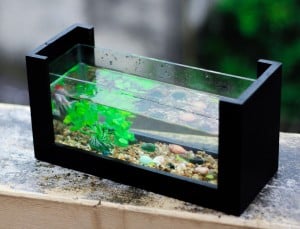
The first and the most important thing is to decide the exact place for your fish tank. Never choose a place near a window, where it will be affected by direct sunlight. The sunlight causes the growth of trouble causing algae. After this step, you can go for a shopping of various things like-:
- Fish tank
- Substrate like gravel, rocks, pebbles
- Hardy live or plastic plants
- Decorative items
- Thermometer
- Heaters
- Filters
- Water conditioner
- Light and timer
Now You Can Start Setting up the Aquarium at Home
- First, place your fish tank in the decided location.
- Wash the tank with water and do not use any soap or detergents on the tank or any tank equipments, as it may be toxic for the fish.
- Now wash the substrate material. If it is the gravel, then stir it in the water and wash away the impurities in it.
- Now you can fit the heaters and filters, but do not turn them power on.
- The tank can be filled with de-chlorinated and treated water with the accessories available for water treatment. Fill the water till the appropriate level, take care not to spill the water.
- Then you can spread the substrate at the bottom of the tank. Fill the gravel from the back portion towards the front, so that the dirt or impurities if any will rest in the front portion, which will be easy to remove.
- Now you can switch on the heater and filter. Also set the timer for the aquarium light.
- Check whether all the installed equipments are working according to the requirements. Continue this for at least a week. Then you can consider introducing your first fish into the aquarium.
- Before placing the fish in the water, you can add some plants into the aquarium. Plants are a good hiding place for the shy fishes. You can also place some rocks, pebbles or new accessories like a castle. Some people also stick colored paper comprising the design of plants behind the fish tank. It gives a natural habitat look to the aquarium After bringing home from the pet shop, these fish should be immediately placed into their new aquarium. Float the bag consisting of fish in the tank water until the temperature of both the tank and bag water are same.
- Avoid using lights during the introduction of the fish into the new tank.
Some Amazing Facts About Fish
- Fish have been on the earth for the last 450 million years, and is believed to have existed before the dinosaurs evolved.
- There are already more than 25,000 species in the Fish family, and still more than 15,000 unidentified species are estimated to be present in the water bodies on the earth.
- Only 0.01% of the water on the earth is fresh water and over 40% of the available fish inhabits in the freshwater bodies.
- A unique fish species known as Spotted Climbing Perch have the ability to breathe oxygen from outside the water and crawl on land with their pectoral fins.
- Some species of fish create a sound by grating their teeth, whereas some can create from their air packed swim bladder.
- Other than swimming, some species are also capable of flying (gliding), climbing rocks and skipping on the surface.
- These creatures possess a unique sense organ that helps them to navigate even in murky or dark water. This lateral line organ can be said to be working similar to radar.
- The largest fish species in the world are the great whale that attains a body length of above 50 feet, and the smallest fish species recorded is the Philippine Goby that grows only up to 0.85 cm when mature.
- Fish have almost all senses like sight, taste, touch, hearing and smell.
- Similar to birds and mammals, fish also experience stress and pain.
- Some Fish have bones made up of cartilage.

Having discovered a fondness for insects while pursuing her degree in Biology, Randi Jones was quite bugged to know that people usually dismissed these little creatures as “creepy-crawlies”.

